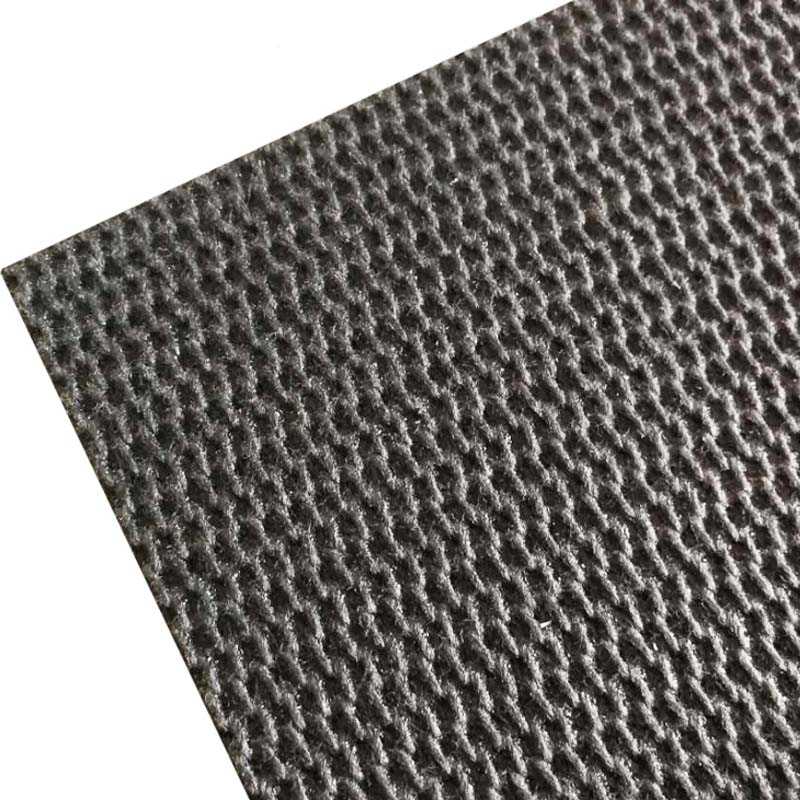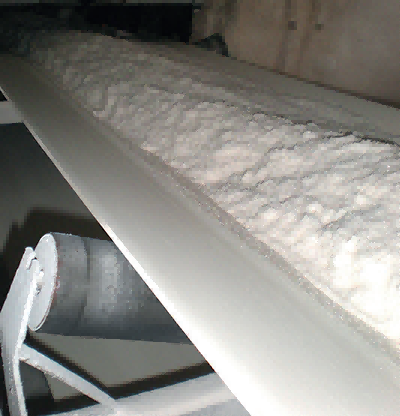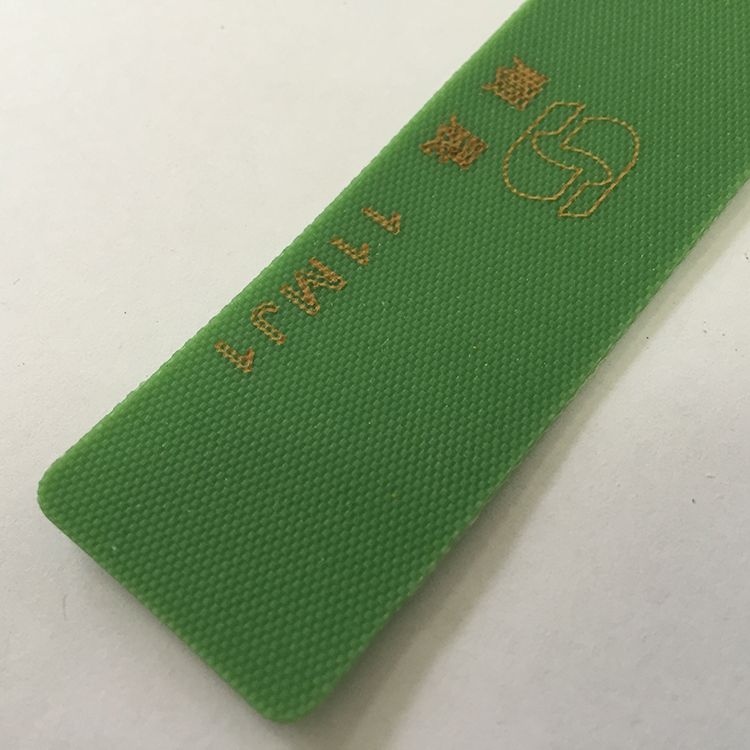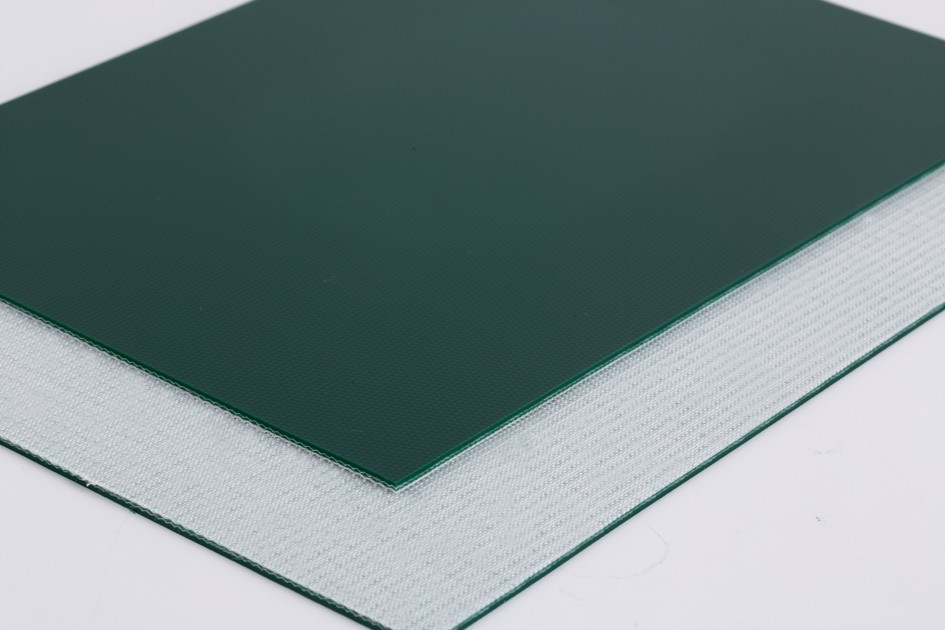Introduction
Conveyor belts serve as lifelines in logistics, enabling the seamless movement of goods within warehouses, distribution centers, and shipping facilities. Among these, PVK 150 conveyor belts stand out for their exceptional features and specifications designed to optimize material handling and logistics operations. This article aims to delve into the unique characteristics, specifications, and advantages of PVK 150 conveyor belts in the logistics landscape.

Understanding PVK 150 Conveyor Belts
PVK 150 conveyor belts are crafted from a combination of high-quality materials, including Polyvinyl Chloride (PVC) and rubber components, manufactured using specialized technology. This fusion results in a robust yet flexible belt, specifically engineered to excel in logistics applications.
Key Features of PVK 150 Conveyor Belts
- Durability and Strength
PVK 150 belts boast remarkable durability, offering high tensile strength and load-bearing capabilities. Their resistance to wear, tear, and abrasion ensures prolonged service life, making them suitable for handling various materials in demanding logistics environments.
- Flexibility and Adaptability
The flexibility of PVK 150 belts allows them to navigate curves and contours efficiently within conveyor systems. This adaptability caters to diverse layout configurations, contributing to smoother material flow and logistics processes.
- Surface Properties and Functional Design
These belts are engineered with surface textures and grip patterns that facilitate secure material handling, minimizing slipping or skidding. This design feature enhances the efficiency of material movement and sorting.
Specifications and Configurations
PVK 150 conveyor belts come in various size variations and dimensions, providing options for widths, lengths, and thicknesses to suit specific logistics setups. Customization possibilities enable tailored solutions for unique requirements. Their load capacity and weight-bearing capabilities are optimized for different material loads, ensuring smooth and efficient handling.
Application in Logistics Environments
PVK 150 conveyor belts have emerged as instrumental tools within logistics environments, revolutionizing the efficiency and effectiveness of material handling processes across warehouses, distribution centers, and shipping facilities. Their specific features and capabilities make them well-suited for various logistical tasks, contributing significantly to streamlining operations and improving productivity.
- Warehousing Applications
Within warehouses, where the movement and storage of goods are central, PVK 150 conveyor belts play a crucial role. These belts efficiently transport goods from one location to another, aiding in stock replenishment, order picking, and packaging processes. Their ability to negotiate corners, bends, and inclines smoothly ensures seamless material flow within warehouse layouts, optimizing space utilization and reducing operational bottlenecks.
PVK 150 belts offer advantages in handling diverse products, from small parcels to bulky items, with their surface properties providing secure grip and preventing slippage, thus minimizing the risk of product damage during transit. This feature is particularly beneficial in warehouses dealing with fragile or sensitive goods.
- Distribution Centers and Shipping Facilities
In distribution centers and shipping facilities, where speed, accuracy, and throughput are paramount, PVK 150 conveyor belts streamline sorting, merging, and dispatching operations. These belts facilitate the movement of packages and parcels through sorting systems, ensuring efficient routing based on destination, size, or priority.
The adaptability of PVK 150 belts to various conveyor system layouts enables the creation of tailored workflows, allowing seamless integration with automated systems, such as barcode scanners and automated sorting mechanisms. This integration optimizes the flow of goods and enhances accuracy in sorting and order fulfillment processes.
Furthermore, PVK 150 belts contribute to minimizing downtimes and increasing operational efficiency in shipping facilities by enabling continuous material flow without compromising on reliability or durability.
- Advantages in Logistics Operations
PVK 150 conveyor belts offer several advantages that significantly impact logistics operations
Increased Efficiency: The smooth and reliable movement of goods facilitated by PVK 150 belts reduces bottlenecks, ensuring a steady flow of materials within logistics facilities. This efficiency contributes to faster turnaround times and improved order fulfillment rates.
Adaptability and Customizability: The flexibility and customization options of PVK 150 belts enable logistics managers to adapt conveyor systems to evolving operational needs swiftly. The ability to modify belt configurations, lengths, or layouts ensures optimal utilization of space and resources.
Improved Safety and Handling: The surface properties of PVK 150 belts provide enhanced grip and stability, minimizing the risk of slippage or mishandling of goods. This feature contributes to a safer working environment for logistics personnel and reduces the likelihood of product damage during handling and transportation.
Comparative Analysis with Other Conveyor Belts
In comparison to alternative conveyor belt types like PVC, PU, or rubber belts, PVK 150 belts exhibit unique advantages. They outperform in terms of durability, flexibility, and surface functionality, making them a preferred choice for logistics applications.
Case Studies or Examples
Illustrative examples highlight successful implementations of PVK 150 conveyor belts, showcasing efficiency improvements and enhanced material handling experiences in specific logistics settings. Testimonials from logistics professionals emphasize the positive impact of PVK 150 belts on optimizing operations.
Conclusion
In conclusion, PVK 150 conveyor belts stand as stalwarts in the logistics industry, boasting exceptional features, specifications, and advantages that streamline material handling processes. Their durability, flexibility, and functionality make them indispensable tools in ensuring efficient logistics operations, contributing to enhanced productivity and efficiency across various logistics environments. The continual advancement and utilization of PVK 150 belts underscore their pivotal role in shaping the future of logistics and material handling.





